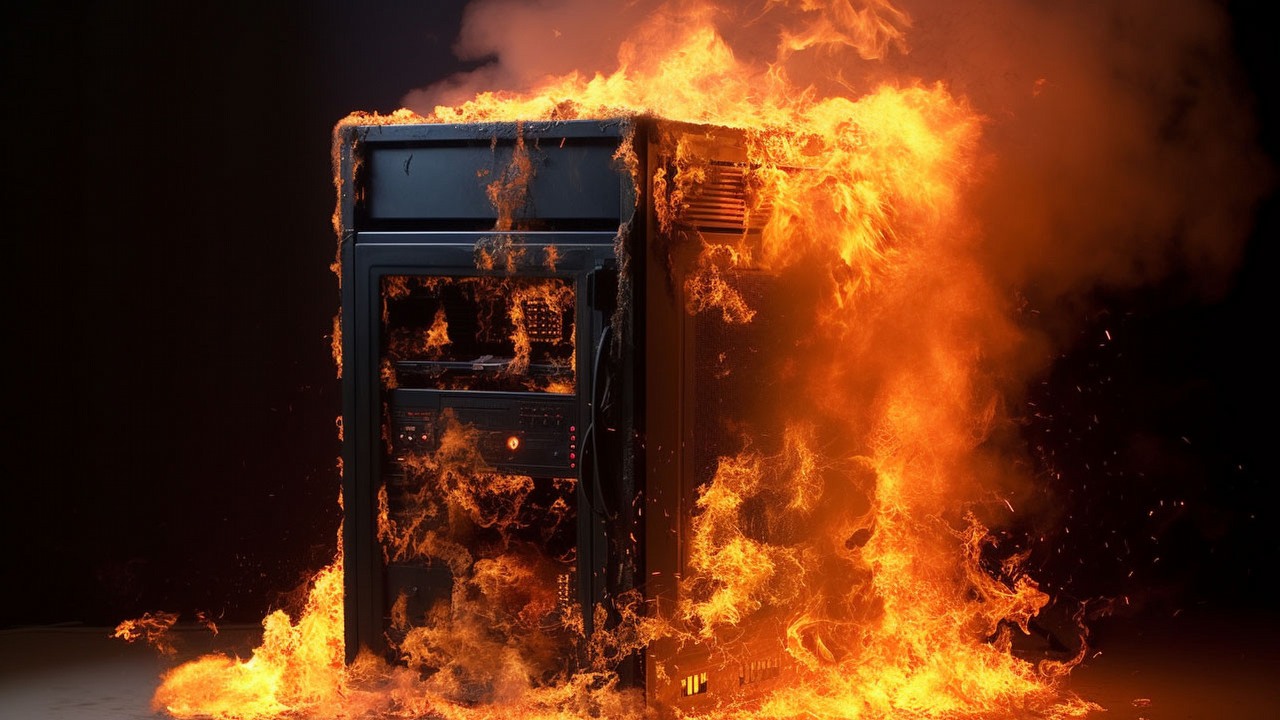PC Games Don't Work as Expected; Devs Pinpoint Causes of Bad Ports
An interesting article appeared online, in which developers explained the reasons for the poor quality of many PC ports released this year and the methods that can be used to avoid such situations.

This year so far has been marked by, among other things disastrous PC ports. Many people are asking themselves what is the reason for this and what to do to avoid it in the future. Therefore, it is worth paying attention to an intriguing article published by DigitalTrends, whose editors enlisted the opinions of game developers themselves.
Marc Whitten, from the graphics engine developer Unity, gave a fairly standard answer blaming the myriad configurations found in gaming PCs. Added to this are different versions of drivers and operating systems, as well as programs running in the background. These variants can number in the tens of thousands, which severely hinders the testing of a game and its optimization.
Why did the Hi-Fi Rush port succeed, where Star Wars Jedi: Survivor failed?
Such findings are nothing new, and it wouldn't be worth writing only about them. DigitalTrends' article, however, also includes developers' opinions on how to minimize these problems and deliver a polished PC port.
- Journalists contacted, among others, the developers of Star Wars Jedi: Survivor, which is one of this year's bad ports. The developers were initially eager to talk, but then the game's publisher Electronic Arts intervened and contact broke off.
- Fortunately, the people at Tango Gameworks turned out to be much more communicative. Hi-Fi Rush from this team is cited as a prime example that in 2023 it is possible to create a polished PC version of a game that was mainly developed for consoles. It also lends itself well to comparisons with Star Wars Jedi: Survivor, as both titles are powered by Unreal Engine 4.
- From the beginning, the absolute priority for Tango Gameworks was to ensure high performance and 60 frames per second. This is due to the fact that Hi-Fi Rush is a rhythm action game, so any stutters would have a fatal impact on the gameplay, causing, for example, desynchronization of music and action.
- The developers achieved this in three ways. The first was to carefully monitor the use of VRAM at each stage of Hi-Fi Rush's development. Level designers constantly modified their maps, and artists their models and textures, so as not to exceed the set limit. Here the cartoonish design helped, so that textures did not have to be as detailed as in games with more realistic graphics.
- The other element that helped the developers was the PSO (Pipeline State Object) feature present in Unreal Engine 4, which allows for multiple shaders to be compiled before the gameplay begins and thus reduces clipping. However, it is not automatically activated - developers have to specifically implement it and not all of them chose to do so, especially since it takes a lot of work to use it properly.
- The third element that provided Hi-Fi Rush with high fluidity was the use of asynchronous operations, in which, among other things, shaders are compiled in a different separate thread than the rest of the game. This is significant because Unreal Engine 4 doesn't do a very good job of taking advantage of the multithreading capabilities of modern CPUs, as is painfully evident, for example, in Redfall and Star Wars Jedi: Survivor. First of all, UE4 places operations related to characters and objects in the same thread as so-called widgets (i.e. interface elements, for example). This causes the game to choke when dealing with more complex scenes, because its other elements have to wait for this one thread to finish loading characters and widgets.
- Asynchronous operations turned out to be the perfect method of dealing with this issue. Tango Gameworks used a tool that analyzed CPU usage when loading new elements. Based on this, the developers created a system that constantly passes tasks to other threads preventing slowdowns. The use of such a solution, for example, in the remake of Dead Space would remove clipping problems when streaming data.
The folks at Tango Gameworks also stressed that the quality of PC version of Hi-Fi Rush was possible thanks to previous experience gained from work on Ghostwire: Tokyo. The latter had some performance issues (though not as bad as this year's botched ports), and by fighting them the developers learned a lot about optimization.
It remains to be hoped that other teams will follow a similar path and the failures of this year's ports will become lessons that will enable them to avoid similar problems in the future.
0

Author: Adrian Werner
A true veteran of the Gamepressure newsroom, writing continuously since 2009 and still not having enough. He caught the gaming bug thanks to playing on his friend's ZX Spectrum. Then he switched to his own Commodore 64, and after a short adventure with 16-bit consoles, he forever entrusted his heart to PC games. A fan of niche productions, especially adventure games, RPGs and games of the immersive sim genre, as well as a mod enthusiast. Apart from games, he devourers stories in every form - books, series, movies, and comics.
Latest News
- End of remote work and 60 hours a week. Demo of Naughty Dog's new game was born amid a crunch atmosphere
- She's the new Lara Croft, but she still lives in fear. Trauma after Perfect Dark changed the actress' approach to the industry
- „A lot has become lost in translation.” Swen Vincke suggests that the scandal surrounding Divinity is a big misunderstanding
- Stuck in development limbo for years, ARK 2 is now planned for 2028
- Few people know about it, but it's an RPG mixing Dark Souls and NieR that has received excellent reviews on Steam, and its first DLC will be released soon


